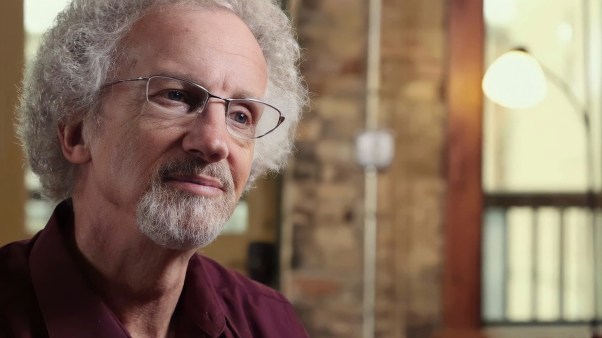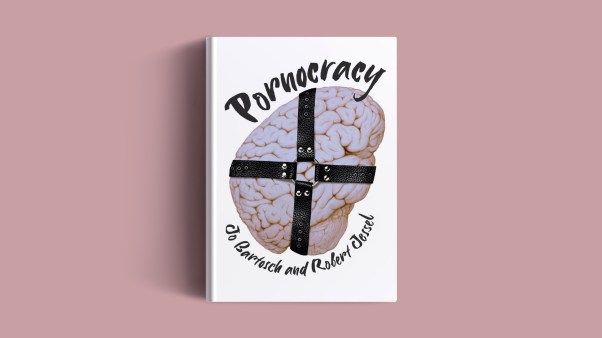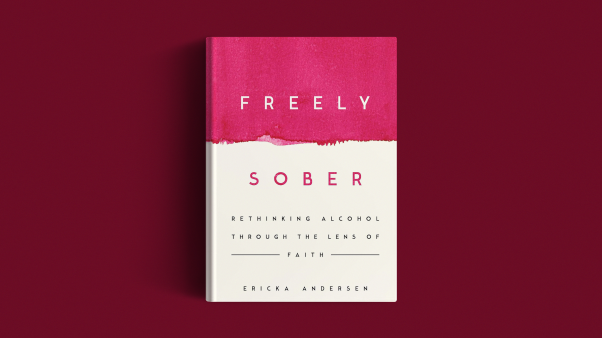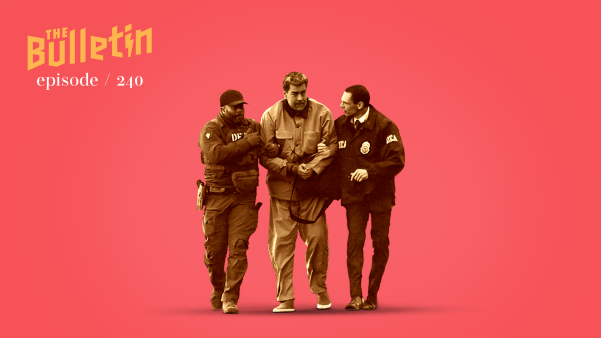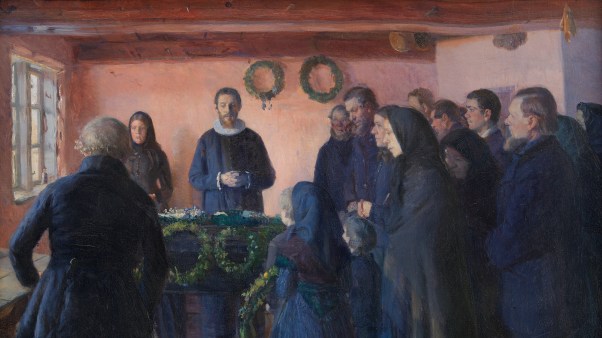“When the first Methodist Episcopal Society was established in New York (whites), among whom were several colored persons, the two races found no difficulty in the reciprocity of religious fellowship, and the equal employment of religious rights and privileges, but as the church grew popular and influential, the prejudice of caste began to engender negro proscription, and as the number of colored members increased, the race friction and proscription increased, which finally overcame the tolerance of the colored members of the M.E. Society.”
So begins the story, in the 1884 account by John Jamison Moore, of the African Methodist Episcopal Zion Church. The church received its official charter on February 16, 1801, about five years after several African Americans from New York’s John Street Methodist Church had begun holding their own meetings. Moore, an AME Zion bishop, goes on to give details:
“Again the M.E. church in New York, licensed a number of colored men to preach, but prohibited them from preaching even to their own brethren, except occasionally, and never among the whites. The colored preachers, being thus deprived of the opportunity of improving their gifts and graces, as they then stood connected with the white M.E. Society, and prohibited from joining the annual M.E. conference, as itinerant preachers, with their white brethren. Thus restricted in their church relations, they were prompted to seek the privilege of holding meetings among themselves.
“We set forth these facts because we are frequently asked why we separated from the mother church, and why we don’t now return to the mother church and let them take the supervision of us. We simply say in answer to the above query, we could not consistently return to the mother, while the radical causes exist that drove us out, which they know still exist—race prejudice and proscription.”
As Moore notes, race prejudice did not always manifest itself among New York Methodists. Methodism consistently attracted African Americans, who were drawn, according to religious scholar Alfred J. Raboteau, by “the direct appeal, dramatic preaching, and plain doctrine of the Methodists, their conscious identification with the ‘simpler sort,’ and especially their antislavery beliefs.”
African Americans had been a part of the John Street congregation since its founding in 1768. By 1793 they constituted 40 percent of the church membership, but they were not accorded equal status with white members—they were told where to sit, when to come to the Communion table (after the whites were finished), and which church positions they could hold.
When the African American members finally pulled away from John Street Church, they had the support of Methodist Bishop Francis Asbury and Rev. John McClasky, a white minister who supported greater autonomy for African Americans but opposed the separatism advocated by Richard Allen in Philadelphia. And so, unlike Allen’s AME Church, the AME Zion body retained strong ties to the city’s Methodist Episcopal hierarchy. Its charter specified that only African Americans could be trustees or voting members of the Zion church but authorized white Methodist elders to preach twice a week, administer Baptism and the Lord’s Supper, and use Zion facilities.
In the years after Zion’s initial charter, its Methodist Episcopal connections weakened. Real conflict arose in 1820, when the white Methodist hierarchy in New York attempted to centralize control of church properties through legal action. The Zion church’s white pastoral overseer resigned in protest, leaving the African American congregation without a direct link to the city’s other Methodists. Zion church leaders responded by forming their own denomination, separate from the white Methodist Episcopal Church and from Allen’s AME Church. The new denomination held its first general conference in 1828.
The AME Zion Church grew, reaching a membership of 300,000 by 1884 (it has over 1.2 million members today). It also established an identity as the “Freedom Church” because its members included abolition and human rights activists Sojourner Truth, Harriet Tubman, and Frederick Douglass.
Even as late as 1884, Bishop Moore seemed to believe the Zion-Methodist Episcopal split might be healed. In the line following the excerpt above, he wrote, “When we return [to the mother church] we do not wish to be under their government, but an integral part of it.” But while Methodist churches have seen some mergers and reunfications, including the creation of the United Methodist Church in 1968, this one is highly unlikely. John Wesley was barely able to keep Methodists within the Church of England during his lifetime; it is hard to imagine them all belonging to the same church again.
Elesha Coffman is associate editor of Christian History.
Copyright © 2001 Christianity Today. Click for reprint information.
Related Elsewhere:
More Christian History, including a listing of events that occurred this week in the church’s past, is available at ChristianHistory.net. Subscriptions to the quarterly print magazine are also available.
The full text of Bishop Moore’s History of the A.M.E. Zion Church in America is available from the University of North Carolina at Chapel Hill.
Blackandchristian.com offers a Zion church timeline.
Christian History focused on African-American Christianity before the Civil War in Issue 62: Bound for Canaan. Other Christian History articles of interest for Black History Month include William Wilberforce & the Abolition of the Slave Trade, Spiritual Awakenings in North America (not online), Christianity and the Civil War (not online).
Christian History Corner appears every Friday at ChristianityToday.com. Previous Christian History Corners include:
Innovating with the Flow | John and Charles Wesley harnessed the momentum of their time. (Feb. 9, 2000)
Dangerous Myth-Conceptions | A new book traces the origins of historical misunderstandings about Christianity. (Feb. 2, 2001)
1,700 Years of Faith | Armenian Christians celebrate their heritage and look to their future. (Jan. 26, 2001)
This Is Your Life | Exploring the “well-worn sawdust trail” between fundamentalists and evangelicals. (Jan. 19, 2000)
The Heavens Declare the Glory of God | Like Paul, Galileo believed that God made himself known through creation. (Jan. 5, 2000)
Festive Flora | Deck the halls with boughs of pagan significance, falalalala, lalalala. (Dec. 22, 2000)Peace on Earth? | Christmas Carols and the Civil War (Dec. 15, 2000)Why December 25? | The month and day of Christ’s birth have been hotly disputed for centuries. (Dec. 8, 2000)The Book Everyone Should Buy | Or at least know about, anyway. (Dec. 1, 2000)The Saga of St. Chad | A tale of political maneuvers and positioning. Sound familiar? (Nov. 22, 2000)Accidental Radical | Jan Hus’s ideas seem normal now, but in his age they were revolutionary enough to merit death. (November 17, 2000)Top 10 Reasons to Read This Book | A list of Christian books that changed the century introduces authors and their impact on evangelicalism. (Nov. 10, 2000)The Un-Denomination | The Southern Baptist Convention has been historically Un-Conventional. (Nov. 3, 2000)Soul Crisis at the Conference on Faith and History | Academics gather asking questions like, “What does ‘Christian history’ actually mean?” (Oct. 27, 2000)Case of the Missing Relic | A piece of Jesus’ cross is stolen from a Toronto cathedral—or is it? (Oct. 20, 2000)The Politicians’ Patron | Is Thomas More a saintly model? (Oct. 13, 2000)

